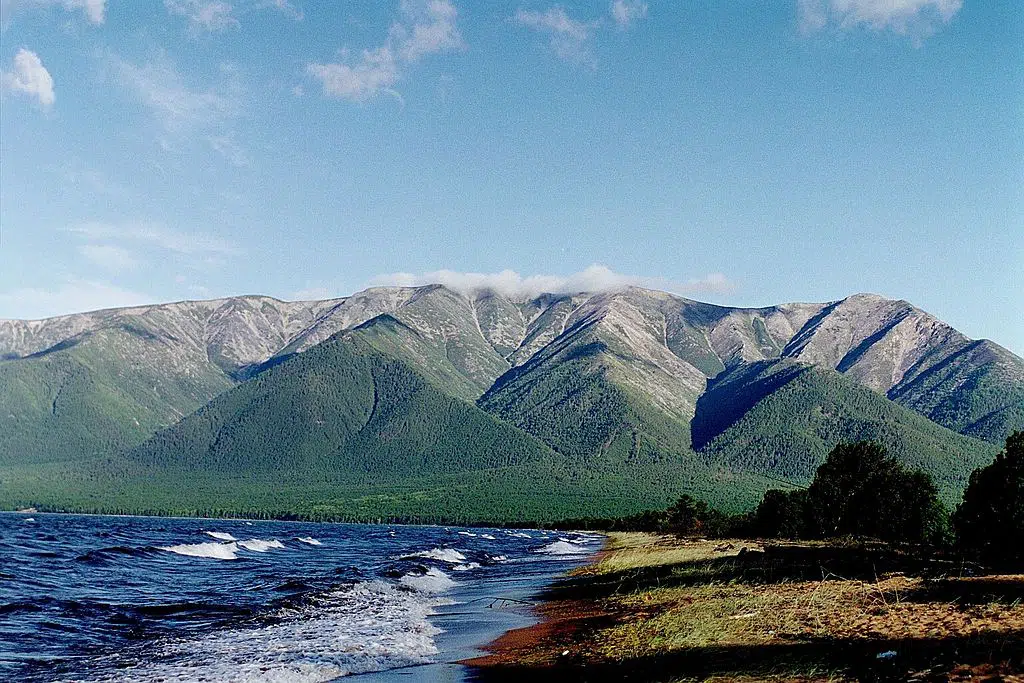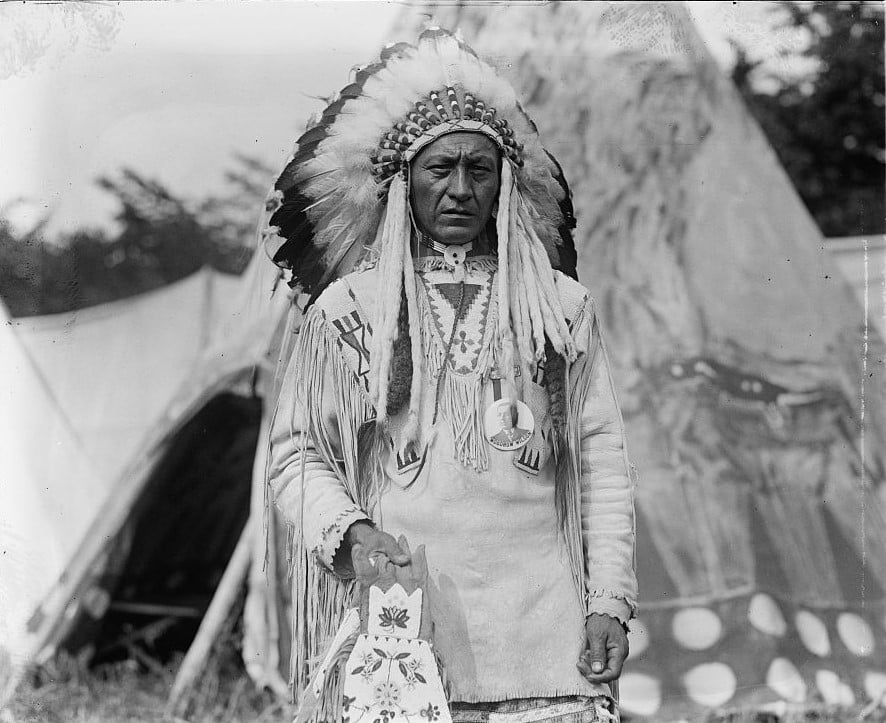
A recent DNA research on the bones of a boy who lived along the shores of Lake Baikal in Siberia shows that one-third of his genome was that of Western Eurasians, prompting scientists to conclude that Native Americans share much of their genetic material with Middle Easterners and Europeans.
Rather than deriving entirely from East Asians, as had once been thought, it now appears that Native Americans may be the result of a mixing of peoples from Western Eurasia and Asians.
Published in the journal Nature, the study of the genome of the boy, who lived twenty-four thousand years ago, shows that fully one-third of his DNA was from West Eurasian peoples linked to the Middle East and Europe.
Native Americans may have ancestors from far further west than previously thought
Using material from the boy’s arm bone, the DNA research could be the basis of a new understanding of how America’s indigenous peoples came to be.
The study’s authors say that their work could help clear up some long-standing mysteries regarding the ancestors of Native Americans, whose genome includes some genetic singularities.
Co-author and ancient DNA specialist Eske Willerslev of the University of Copenhagen states “these results were a great surprise to [them].”
“I hadn’t expected anything like this,” he said. “A genome related to present-day western Eurasian populations and modern Native Americans as well was really puzzling in the beginning. How could this happen?”
Incredibly, the bone material from the boy provided what researchers believe is the oldest genome of modern humans to ever be sequenced.
His DNA contains genes that are found today in Western Eurasians who live in the Middle East and Europe, as well as in Native Americans. Most surprisingly, however, it shows no evidence of any relation to East Asians who are living now.
The scientists had enough genetic material dating back to seventeen thousand years ago to create an entire second individual genome. That also revealed a similar genetic structure to that of the boy.

Society thrived through frigid Last Glacial Maximum period
Interestingly, the find also showed that modern humans were able to live and thrive in this part of Siberia throughout the frigid period that occurred as part of the Last Glacial Maximum, which ended approximately thirteen thousand years ago.
The boy at the center of the research was about three to four years old at the time he died. He had brown eyes, dark hair, and freckles. He was buried wearing an ivory crown and beaded necklace with a carved pendant in the shah of a bird.
He and his kinsmen lived in family units in dwellings that had been partially dug into the ground, topped with a canopy of animal bones, antlers, and skins to protect them from the freezing climate.
Most scientists now had accepted the theory that the ancestors of Native Americans were a group of East Asians who crossed the Bering Sea between what are now Siberia and Alaska via a land bridge that formed around 16,500 years ago due to a large amount of the world’s water being taken up in enormous glaciers.
“This study changes this idea, because it shows that a significant minority of Native American ancestry actually derives not from East Asia but from a people related to present-day western Eurasians,” Willerslev explained.
“It’s approximately one-third of the genome, and that is a lot,” he noted, adding “So in that regard I think it’s changing quite a bit of the history.”
No one disputes that a land bridge indeed was created between Siberia and Alaska and that people must have at some point used it to get to the Americas.
Some scientists have always believed that there was a much earlier arrival of humans in the New World, back to perhaps twenty thousand years before the present.
Native Americans appear to be mixture of peoples
However, what is so groundbreaking about the DNA study is that Native Americans appear to have been a mixed group, having ancestors directly from Western Eurasia as well as the forebears of those who are now living in Eastern Asia.
“The meeting of those two groups is what formed Native Americans as we know them,” Willerslev declared.
Although some see the research as startling, it actually backs up observations that have been long known to scientists.
“Although we know that North Americans are related to East Asians, it’s striking that no contemporary East Asian populations really resemble Native Americans,” Willerslev explained.
“It’s not like you can say that they are really closely related to Japanese, Chinese, or Koreans, so there seems to be something missing,” Willerslev said. “But this result makes a lot of sense regarding why they don’t fit so well genetically with contemporary East Asians —because one-third of their genome is derived from another population.”
The new DNA analysis surely also paves the way toward taking another look at Kennewick Man, the skeleton discovered in what is now the state of Washington. The skeleton bears little resemblance to either modern Native Americans or East Asians.
“Maybe, if he looks like something else, it’s because a third of his ancestry isn’t coming from East Asia but from something like the western Eurasians,” Willerslev speculates.
Of course, much more data needs to be assembled regarding just where and when the great mixing of these peoples occurred: “It could have been somewhere in Siberia or potentially in the New World,” Willerslev notes.
Boy buried with Venus fertility/rebirth figurines
“I think it’s much more likely that it occurred in the Old World,” he says, before adding “But the only way to address that question would be to sequence more ancient skeletons of Native Americans—and also Siberians.”
Perhaps most intriguing of all, especially to anthropologists, is the fact that the boy was buried with objects indicating an origin that was far to the West of where he lived. Some of the items that were part of his burial include Venus figurines—the ubiquitous European figurines from the Paleolithic era that have been found as far West as France. Thought to be either a fertility symbol or one having to do with rebirth, the figures show an exaggerated female form.
The people to which the boy who lived along Lake Baikal belonged were part of an Upper Paleolithic society called the Mal’ta.
Willerslev concludes by saying: “So now we know that the individual represented with this culture is a western Eurasian, even though he was found very far east. It’s an interesting question how closely related this individual might have been to the individuals carving these figurines at the same time in Europe and elsewhere.”
See all the latest news from Greece and the world at Greekreporter.com. Contact our newsroom to report an update or send your story, photos and videos. Follow GR on Google News and subscribe here to our daily email!



